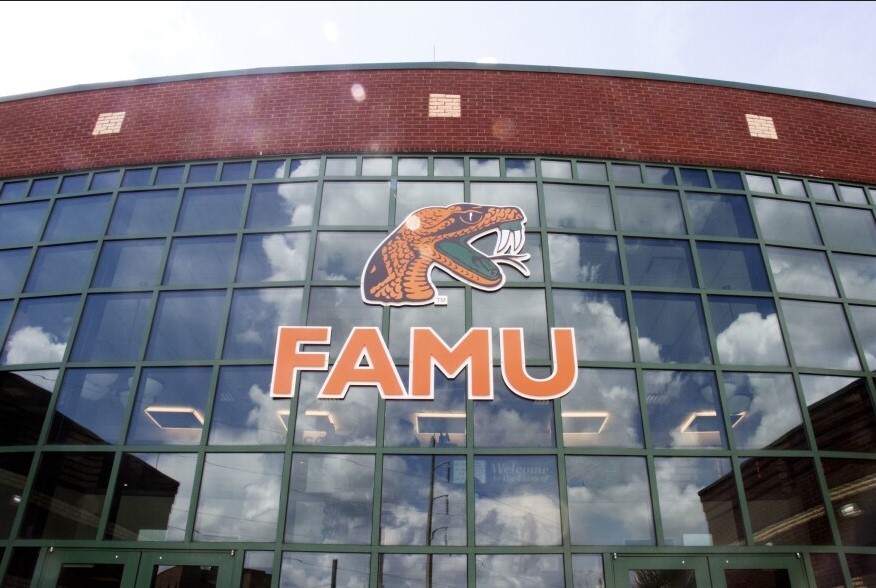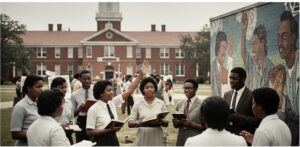Stuck in Time: FAMU’s Financial Puzzle Leaves Alumni Puzzled

By Brian Rice
Tallahassee Florida – Florida A&M University (FAMU), a revered institution with a storied past, has been a pillar of academic excellence and cultural significance. Recent discussions within the FAMU community have centered on the apparent lack of visible changes to the campus over the years. As alumni and students raise questions about the utilization of the university’s financial resources, the spotlight is cast on the broader issue of FAMU’s campus development.
Observers note that despite FAMU’s strong financial position, the physical appearance of the campus has not undergone substantial changes since the 1990s. The absence of transformative development projects has sparked a quest to understand the intricacies of FAMU’s financial allocations.
Yes there have been some changes made to the school, but for a school that brings in Millions yearly, it’s not enough. My personal experience myself, my family was helping me move into my dorm in Sampson Hall and my uncle who attended FAMU in the 90s said this is the exact same way it looked when he lived there.
Other HBCUs such as NCAT, Howard, Spellman, Xavier, all look modernized/up to date. FAMU still has that vintage feeling to it.
Xavier Bennett, the younger brother of a ’90s FAMU attendee stated, “Man back in the day I used to drive up here all the time to party with my brother, we used to have so much fun,” Bennett stated. ” Now my nephew attends school and much hasn’t changed. If we divided the school into four, only a fourth of the school has been updated.”
FAMU, like many educational institutions, derives revenue from diverse sources, including tuition, research grants, philanthropy, and partnerships. The university’s financial stability is evident, prompting an exploration of how these funds are channeled and whether they align with the community’s expectations.
University administrators acknowledge that FAMU faces the challenge of balancing operational costs, ongoing projects, and strategic investments. The preservation of historic landmarks, a commitment to sustainability, and the need for modern amenities are all factors contributing to the financial decisions shaping the campus.
While the university emphasizes its commitment to academic excellence and student experience, some stakeholders express a desire for greater transparency regarding financial priorities. The call for a detailed breakdown of expenditures gains momentum, emphasizing the need for FAMU to communicate its long-term vision for campus development.
Despite external challenges, FAMU has demonstrated resilience and adaptability, fostering an environment that nurtures intellectual growth and community engagement. The discussion surrounding campus development transcends the physical realm; it delves into the heart of FAMU’s identity and its dedication to providing a cutting-edge educational experience.
As the university navigates the complexities of financial decision-making, there is an opportunity for FAMU to engage its community in a collaborative dialogue. The aspirations of students and alumni to witness a dynamic and evolving campus reflect a collective commitment to ensuring that FAMU remains a beacon of academic distinction.
In conclusion, the story of FAMU’s financial direction is an evolving narrative that necessitates open conversations, community engagement, and a shared vision for the future. FAMU’s financial decisions are not only about allocating resources but also about shaping an environment that inspires generations to come. The pursuit of a vibrant and progressive campus is not just a financial matter; it is a testament to FAMU’s enduring legacy and its commitment to excellence.






